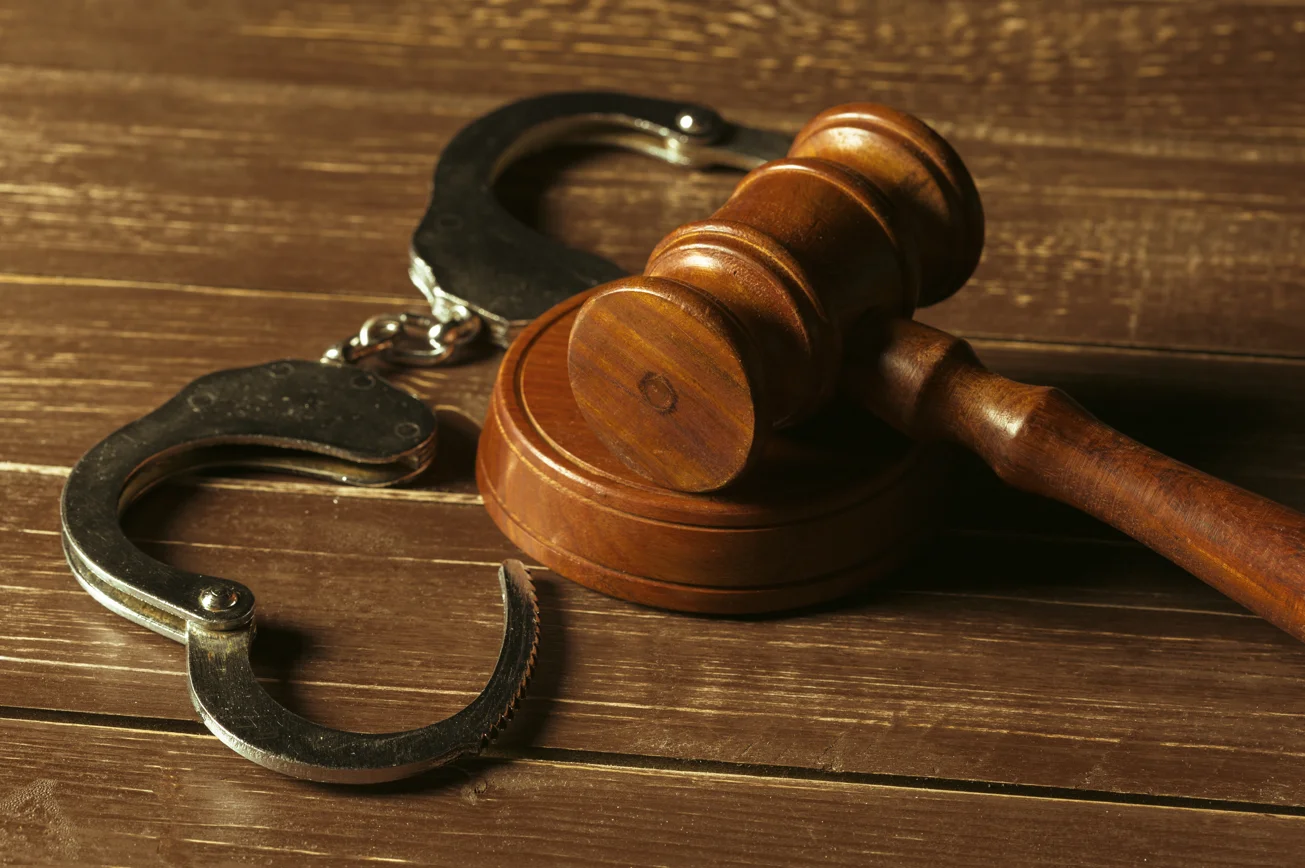Introduction: The Criminal Trial Process
Criminal trial refers to the legal process where a person accused of a criminal offence is brought before the court. This process ensures fair play by giving both the defendant and the prosecution a chance to present their cases. Understanding this procedure is essential for anyone involved in the justice system, whether as an accused, a witness, or a legal professional. Below is a step-by-step explanation of how a criminal trial unfolds, from the initial charge to the final verdict.
Investigation and Arrest
What Takes Place in the Investigation
Gathering of evidence: Law enforcement collects physical evidence, CCTV footage, or forensic reports to support the claim.
Arrest: If sufficient evidence is found, the suspect is arrested and formally charged with a crime.
Arraignment
What Occurs During the Arraignment
Reading of charges: The charges are read aloud in court to inform the defendant.
Plea: The defendant enters a plea such as guilty, not guilty, or no contest.
Bail hearing: The judge decides whether to grant bail or release the accused on personal recognizance.
Pretrial Motions and Discovery
What Is the Process of Pretrial
Discovery process: Both prosecution and defense exchange evidence such as witness lists and expert reports.
Motions: The defense may file motions to suppress evidence or request dismissal of charges.
Jury Selection (Voir Dire)
What Occurs in Jury Selection
Interrogation of jury: Potential jurors are questioned by both sides to detect bias or prejudice.
Striking jurors: Jurors may be removed either for cause or through peremptory challenges.
Opening Statements
What Occurs in Opening Statements
Prosecution’s opening: The prosecutor outlines the evidence and describes the crime to be proven.
Defense opening: The defense may preview their case and highlight key issues or rebuttals.
Presentation of Evidence
What Occurs When Evidence Is Presented
Witness testimony: Both sides present witnesses; cross-examination by the opposing party is allowed.
Exhibit presentation: Documents, photos, and physical evidence are introduced in court.
Closing Arguments
What Is Closing Argument
Prosecution: Summarizes how the evidence proves guilt beyond a reasonable doubt.
Defense: Challenges the prosecution’s evidence and raises doubts about the defendant’s guilt.
Jury Deliberation and Verdict
What Is the Jury Deliberation
Deliberation: Jurors discuss the case and evaluate the evidence presented.
Verdict: The jury returns to court and delivers a unanimous decision. If guilty, the judge schedules sentencing.
Sentencing (If Found Guilty)
What Occurs in Sentencing
Sentencing factors: The judge considers crime severity, criminal history, and mitigating factors.
Sentencing options: Penalties may include imprisonment, probation, fines, or community service.
Conclusion: The Criminal Trial Process
The criminal trial process ensures fairness and impartiality for those accused of crimes. Each stage, from investigation to sentencing, plays a vital role in the justice system. Understanding these steps helps individuals protect their rights and better navigate legal proceedings.
